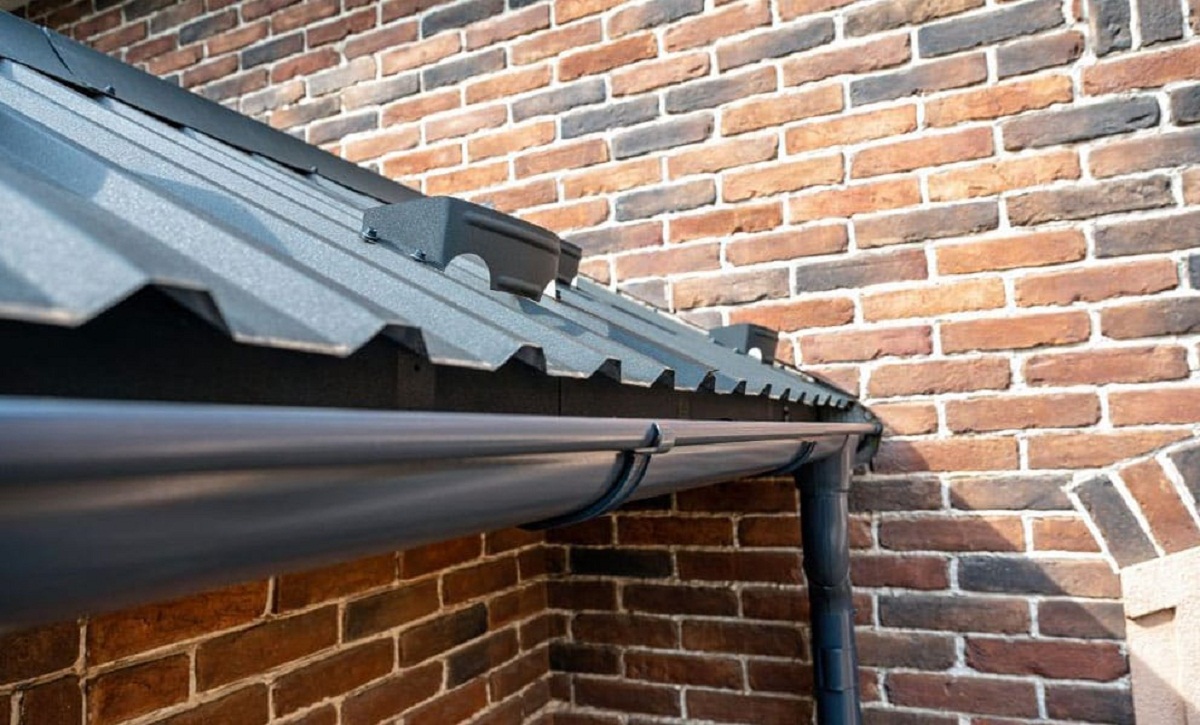

Articles
How Much Slope On Gutters
Modified: October 18, 2024
Discover the Importance of Proper Slope on Gutters with Our Informative Articles. Learn How to Prevent Water Damage and Keep Your Home Safe.
(Many of the links in this article redirect to a specific reviewed product. Your purchase of these products through affiliate links helps to generate commission for Storables.com, at no extra cost. Learn more)
Introduction
Gutters play a crucial role in protecting our homes from water damage. They effectively channel rainwater away from the roof and the foundation, preventing water pooling, leaks, and structural problems. However, for gutters to function properly, it is essential to ensure they have the correct slope. The slope of the gutters determines how efficiently water flows through them and prevents the accumulation of debris.
In this article, we will explore the importance of having the right slope on gutters and the various factors to consider when determining the appropriate slope. We will also discuss the recommended slope for different types of gutters, methods to determine and adjust the gutter slope, common issues caused by improper slope, and the benefits of maintaining the correct slope on gutters.
So, let’s delve into the world of gutter slope and understand why it plays a crucial role in preserving the integrity of our homes.
Key Takeaways:
- Proper gutter slope is crucial for efficient water drainage, preventing water damage, and preserving the structural integrity of your home. Consider factors like roof pitch and gutter size to ensure the correct slope.
- Maintaining the correct gutter slope offers benefits such as extended gutter lifespan, prevention of ice dams, and reduced maintenance efforts. Regular inspection and adjustments can protect your home from water-related issues.
Read more: How To Adjust Gutters Slope
Importance of Proper Slope on Gutters
The slope of gutters is vital because it ensures that rainwater flows smoothly and quickly towards the downspouts. Proper slope prevents water from pooling in the gutters, which can lead to overflowing and damage to the roof, fascia, and foundation of a home.
One of the primary functions of gutters is to collect rainwater and carry it away from the house. If the gutters do not have the appropriate slope, water can accumulate in certain sections, causing the gutters to sag, leak, or even detach from the house. This can result in expensive repairs and damage to the interior and exterior of the home.
In addition to preventing structural damage, proper gutter slope also helps in maintaining the overall aesthetic appeal of a property. When rainwater flows smoothly through the gutters, it minimizes the chances of water stains on the walls, fascia boards, and sidewalks. It also reduces the risk of mold, mildew, and erosion that can occur with excessive water pooling.
Having the right gutter slope is especially important in areas that experience heavy rainfall or frequent storms. Improper slope can lead to water overflowing onto walkways and driveways, making them slippery and dangerous. It can also cause excessive water penetration around the foundation, potentially leading to basement flooding and compromising the stability of the house.
Furthermore, maintaining proper gutter slope can prolong the lifespan of the gutters themselves. When water is allowed to stagnate in the gutters due to inadequate slope, it can corrode the materials, clog the system with debris, and attract pests such as mosquitoes. By ensuring proper slope, homeowners can minimize these risks and extend the durability of their gutter system.
In summary, the importance of proper slope on gutters cannot be overstated. It prevents water damage to the structure of a home, maintains its appearance, minimizes safety hazards, and extends the life of the gutters. Next, let’s explore the factors to consider when determining the correct slope for gutters.
Factors to Consider for Gutter Slope
When determining the appropriate slope for gutters, several factors need to be taken into consideration. These factors play a significant role in ensuring that water efficiently flows through the gutter system, preventing issues like water pooling and debris buildup.
1. Roof Pitch: The pitch or slope of the roof itself is an important factor to consider when determining the gutter slope. The gutter slope should complement the roof pitch, allowing water to effectively drain off the roof and into the gutters.
2. Rainfall Intensity: The amount and intensity of rainfall in your area should also be considered when determining the gutter slope. In areas with heavy rainfall, a steeper slope may be needed to accommodate the larger volume of water.
3. Gutter Size: The size of the gutter system will impact the required slope. Larger gutters may require a slightly lower slope to handle a higher volume of water, while smaller gutters may need a steeper slope for efficient drainage.
4. Gutter Length: The length of the gutter system should be taken into account. Longer gutters may require a slightly higher slope to ensure that water flows consistently and doesn’t accumulate in the middle.
5. Downspout Location: The location of the downspouts can influence the gutter slope. It is important to ensure that the water flowing through the gutters can reach the downspouts without any obstacles or areas of low slope.
6. Debris Management: Consideration should be given to how well the gutter system handles debris, such as leaves and twigs. A slightly steeper slope can help to prevent debris from getting stuck in the gutters, reducing the risk of clogs and backups.
7. Local Building Codes: Local building codes or regulations may stipulate specific guidelines for gutter slope. It is important to consult these regulations to ensure compliance and avoid any potential issues.
By considering these factors, you can determine the appropriate slope for your gutters, ensuring optimal drainage and minimizing the risk of water damage and other related issues. Now, let’s explore the recommended slope for different types of gutters.
Recommended Slope for Different Types of Gutters
The recommended slope for gutters generally falls between 1/4 inch to 1/2 inch per 10 feet of gutter length. This slope allows for efficient water flow without causing excessive speed that could lead to water splashing out of the gutters or overwhelming the downspouts. However, the specific slope may vary depending on the type of gutter material you have.
1. Aluminum Gutters: Aluminum gutters are one of the most common types of gutters, known for their lightweight and durability. For aluminum gutters, a slope of 1/4 inch per 10 feet is recommended. This slope provides adequate drainage for regular rainfall conditions.
2. Vinyl Gutters: Vinyl gutters are a cost-effective option and are relatively easy to install. The recommended slope for vinyl gutters is also 1/4 inch per 10 feet, similar to aluminum gutters. However, it is important to note that vinyl gutters may not be as strong as other materials, so frequent inspections are necessary to ensure they are functioning optimally.
3. Steel Gutters: Steel gutters are extremely durable and can withstand harsh weather conditions. These gutters have a recommended slope of 1/2 inch per 10 feet. The steeper slope helps accommodate the extra weight of steel gutters, ensuring effective drainage even during heavy rains.
4. Copper Gutters: Copper gutters are known for their aesthetic appeal and longevity. The recommended slope for copper gutters is 1/2 inch per 10 feet, similar to steel gutters. The steeper slope helps prevent water from backing up and causing damage to the copper material.
It is important to note that these are general recommendations, and there may be variations based on specific manufacturer guidelines or local building codes. Consulting with a professional gutter installer or referencing manufacturer instructions can provide more precise recommendations for your particular gutter system.
Now that we have covered the recommended slopes for different types of gutters, let’s move on to discuss methods to determine and adjust the gutter slope.
Make sure your gutters have a slope of at least 1/4 inch for every 10 feet to ensure proper drainage. Use a level to check the slope before installation.
Methods to Determine and Adjust Gutter Slope
Determining and adjusting the slope of your gutters is essential to ensure proper water drainage. Here are some methods you can use to determine and adjust the gutter slope:
1. Bubble Level: One simple method to determine the slope of your gutters is by using a bubble level. Place the level on the gutter sections and adjust the pitch until the bubble is centered. This will indicate that the gutters have the correct slope.
2. String and Line Level: Another method is to stretch a string tightly along the length of the gutter, making sure it is level. Using a line level, check whether the string is perfectly level. If not, adjust the slope by raising or lowering the gutter hangers accordingly.
3. Water Test: You can also perform a water test to determine if the gutter slope is adequate. Start by cleaning out any debris from the gutter system. Then, use a hose to run water into the gutters. Observe how the water flows. If it quickly and smoothly moves towards the downspouts without pooling or overflowing, the slope is likely sufficient. If not, adjustments will be needed.
4. Adjusting Downspout Connections: Sometimes, the gutter slope may be fine, but the downspout connections may be causing water backups and poor drainage. Check for any clogs or obstructions in the downspout and adjust the connections to ensure smooth water flow.
5. Hiring a Professional: If you’re unsure or uncomfortable adjusting the slope yourself, it’s best to hire a professional gutter installation and repair service. They have the expertise and specialized tools to accurately measure and adjust the slope of your gutters.
When making adjustments to the gutter slope, it’s important to do so gradually. Small tweaks and careful monitoring can help achieve the proper pitch without overcorrecting and causing new issues.
By using these methods to determine and adjust the gutter slope, you can ensure effective water drainage and avoid problems such as overflowing gutters, water damage, and potential foundation issues. Speaking of which, let’s now explore some of the common issues caused by improper gutter slope.
Read more: How Much To Slope For Plumbing Drains
Common Issues Caused by Improper Gutter Slope
Having improper gutter slope can lead to various issues that can negatively impact your home. It’s important to address these issues promptly to avoid further damage and necessary repairs. Here are some common problems caused by improper gutter slope:
1. Water Overflow: Insufficient slope in gutters can lead to water overflowing from the gutters during heavy rain. This can result in water cascading down the exterior walls, damaging the siding, causing water stains, and potentially leading to rot or mold growth.
2. Foundation Problems: When rainwater isn’t effectively directed away from the house due to improper gutter slope, it can accumulate around the foundation. This can lead to water seepage into the basement, weakening the foundation, and potentially causing cracks or structural issues.
3. Roof Damage: If gutters don’t have the correct slope, water can back up and pool on the roof. This can lead to water leaking into the attic, damaging the roofing materials, and causing wood rot or mold growth. Over time, this can compromise the integrity of the roof.
4. Gutter Sagging and Detachment: Insufficient slope can cause water to pool in the gutters, adding excessive weight. This can lead to the gutters sagging or detaching from the fascia board. It not only affects the efficiency of the gutter system but also poses a safety hazard.
5. Ice Dams: In regions with freezing temperatures, improper gutter slope can contribute to the formation of ice dams. As water accumulates and freezes, it causes blockages in the gutter system. This prevents proper water drainage and can result in water seeping into the roof and causing damage.
6. Debris Buildup: When gutters lack the correct slope, debris like leaves, twigs, and dirt can accumulate and clog the system. This can lead to water backups, overflowing gutters, and increased maintenance efforts to clean out the debris regularly.
7. Mosquito Infestation: Stagnant water in improperly sloped gutters can become a breeding ground for mosquitoes. These pests can not only be a nuisance but also pose health risks by transmitting diseases.
By addressing the issues caused by improper gutter slope, such as water overflow, foundation problems, roof damage, gutter sagging, ice dams, debris buildup, and mosquito infestation, homeowners can protect their properties and maintain the longevity of their gutter system. Next, let’s take a look at the benefits of maintaining the correct gutter slope.
Benefits of Maintaining Correct Gutter Slope
Maintaining the correct slope on your gutters offers several benefits that contribute to the overall health and integrity of your home. Let’s explore some of the key advantages of ensuring the proper gutter slope:
1. Efficient Water Drainage: One of the primary benefits of maintaining the correct gutter slope is efficient water drainage. When rainwater flows smoothly through the gutters, it prevents water pooling, reduces the risk of overflowing, and directs water away from the house effectively.
2. Protection from Water Damage: Proper gutter slope helps protect your home from water damage. By ensuring that water is directed away from the roof, exterior walls, and foundation, you can prevent issues such as leaks, rotting, mold growth, and structural damage.
3. Extended Gutter Lifespan: When gutters have the right slope, they can function optimally and resist premature wear and tear. By allowing water to flow freely and reducing debris buildup, you can extend the lifespan of your gutter system.
4. Prevention of Ice Dams: The correct slope on gutters helps prevent the formation of ice dams. With proper water drainage, there is less chance of water freezing and causing blockages in the gutter system, which can lead to roof leaks and damage.
5. Reduced Maintenance Efforts: Maintaining the correct gutter slope can reduce the need for frequent gutter maintenance. With proper water flow, there is less chance of debris accumulation and clogging, which means less time spent on cleaning out the gutters.
6. Improved Aesthetics: Well-maintained gutters with the right slope contribute to the overall aesthetics of your home. By preventing water stains, water runoff, and exterior damage, your property will maintain its curb appeal and look well-kept.
7. Prevention of Foundation Issues: Proper gutter slope helps protect your home’s foundation by directing water away from the base of the house. This helps prevent water seepage, erosion, and potential foundation problems, saving you from costly repairs down the line.
By ensuring the correct gutter slope, you can enjoy these benefits and have peace of mind knowing that your home is well-protected from water damage. Now, let’s wrap up our discussion.
Conclusion
Proper slope is a critical factor in maintaining the functionality and longevity of your gutter system. It ensures efficient water drainage, prevents water damage to your home, and safeguards the overall structural integrity. Understanding the importance of gutter slope and taking appropriate measures to maintain it can save you from costly repairs and unnecessary headaches in the future.
Factors such as roof pitch, rainfall intensity, gutter size, and downspout location should be considered when determining the appropriate slope for your gutters. Depending on the material of your gutters, the recommended slope may vary slightly.
Determining and adjusting the gutter slope can be done using various methods, including bubble levels, string and line levels, and water tests. If you are unfamiliar or uncomfortable with the process, it is advisable to seek professional help to ensure accurate adjustments.
Improper gutter slope can lead to common issues such as water overflow, foundation problems, roof damage, gutter sagging, ice dams, debris buildup, and mosquito infestation. By addressing these issues promptly, you can protect your home and maintain the efficiency of your gutter system.
Maintaining the correct gutter slope offers benefits such as efficient water drainage, protection from water damage, extended gutter lifespan, prevention of ice dams, reduced maintenance efforts, improved aesthetics, and prevention of foundation issues. It is a worthwhile investment in the long-term health and value of your home.
Remember, regular inspection, cleaning, and maintenance of your gutters are essential to ensure optimal performance. Regularly check for signs of clogs, sagging, or damage, and address them promptly to prevent any issues from worsening.
In conclusion, understanding the importance of proper slope on gutters and implementing the necessary measures to ensure it is maintained will go a long way in protecting your home and preserving its beauty. Take the time to assess your gutter slope and make any adjustments if needed, ensuring that rainwater flows efficiently and your home remains safe and secure.
Frequently Asked Questions about How Much Slope On Gutters
Was this page helpful?
At Storables.com, we guarantee accurate and reliable information. Our content, validated by Expert Board Contributors, is crafted following stringent Editorial Policies. We're committed to providing you with well-researched, expert-backed insights for all your informational needs.
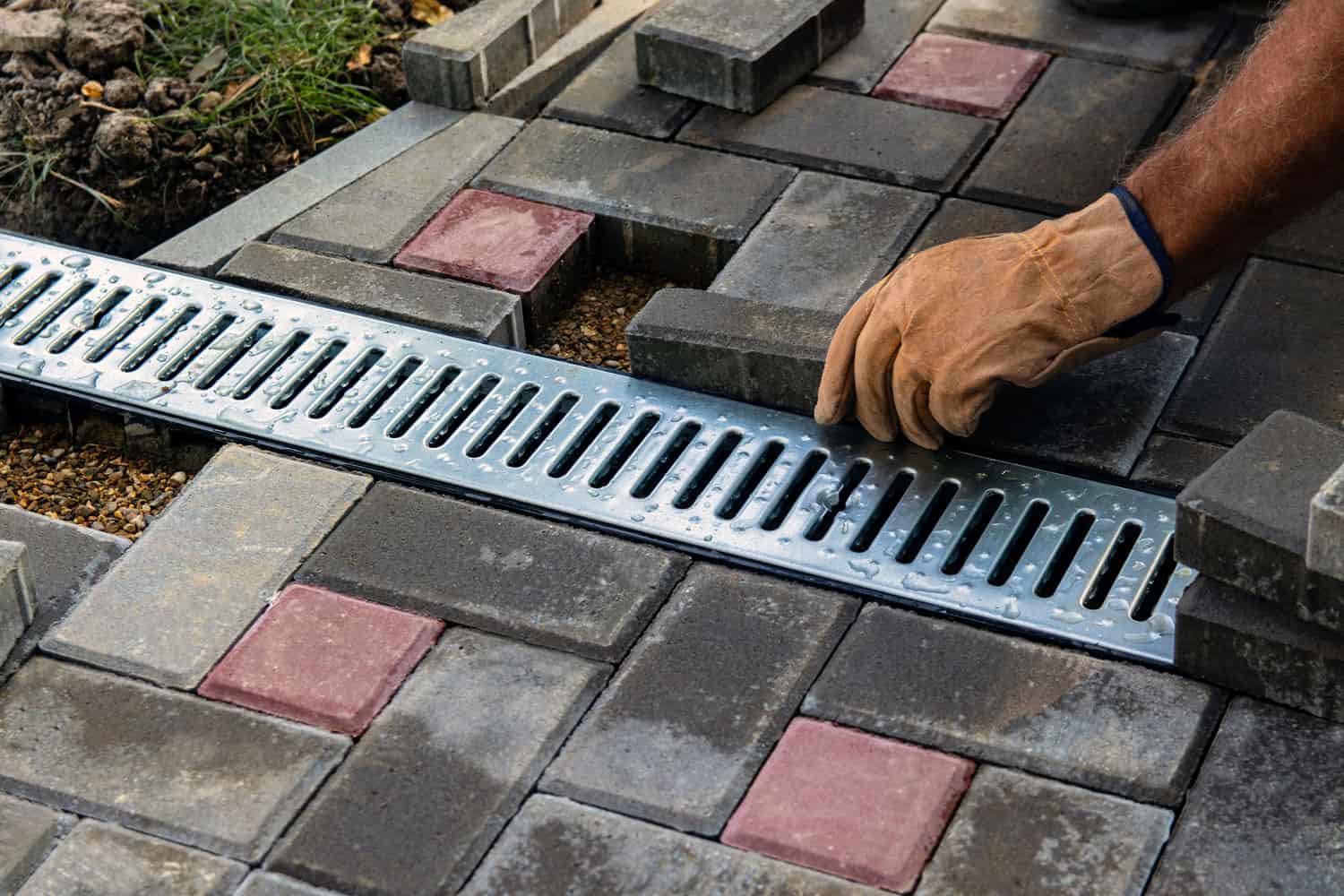
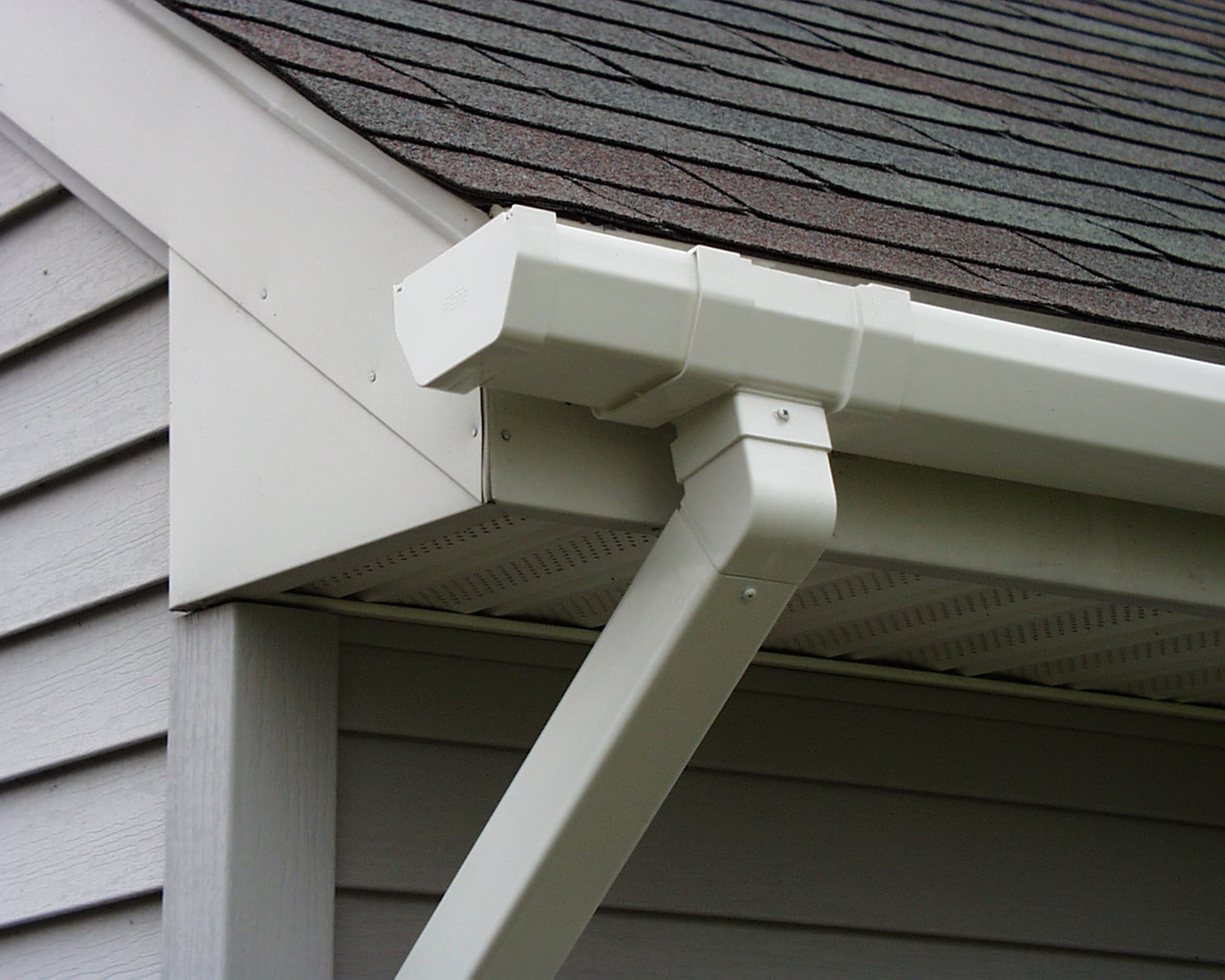
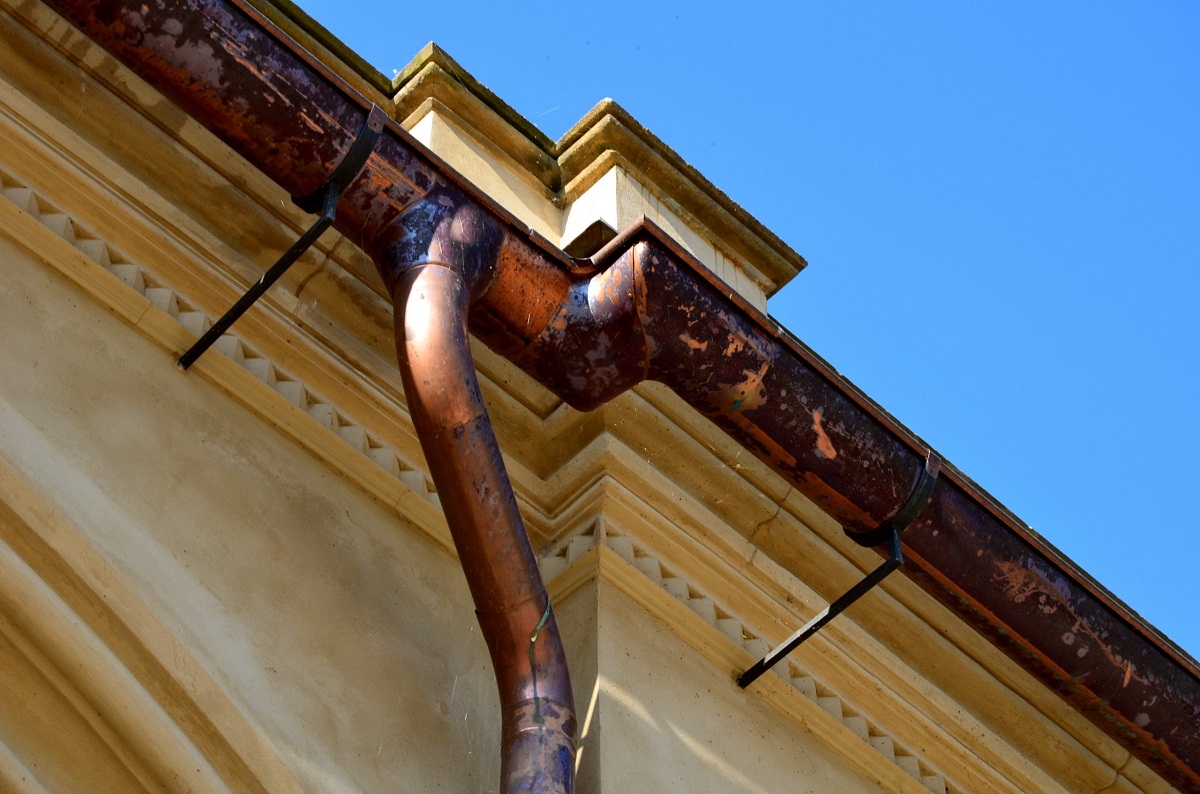
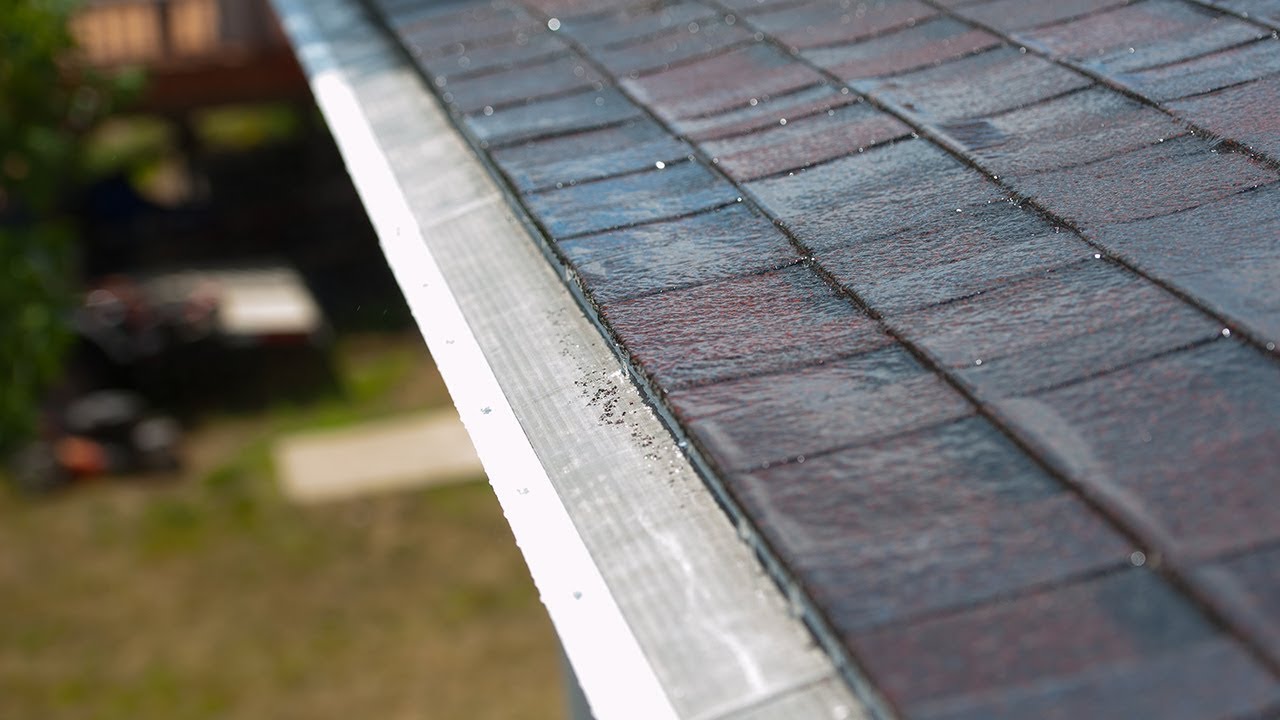
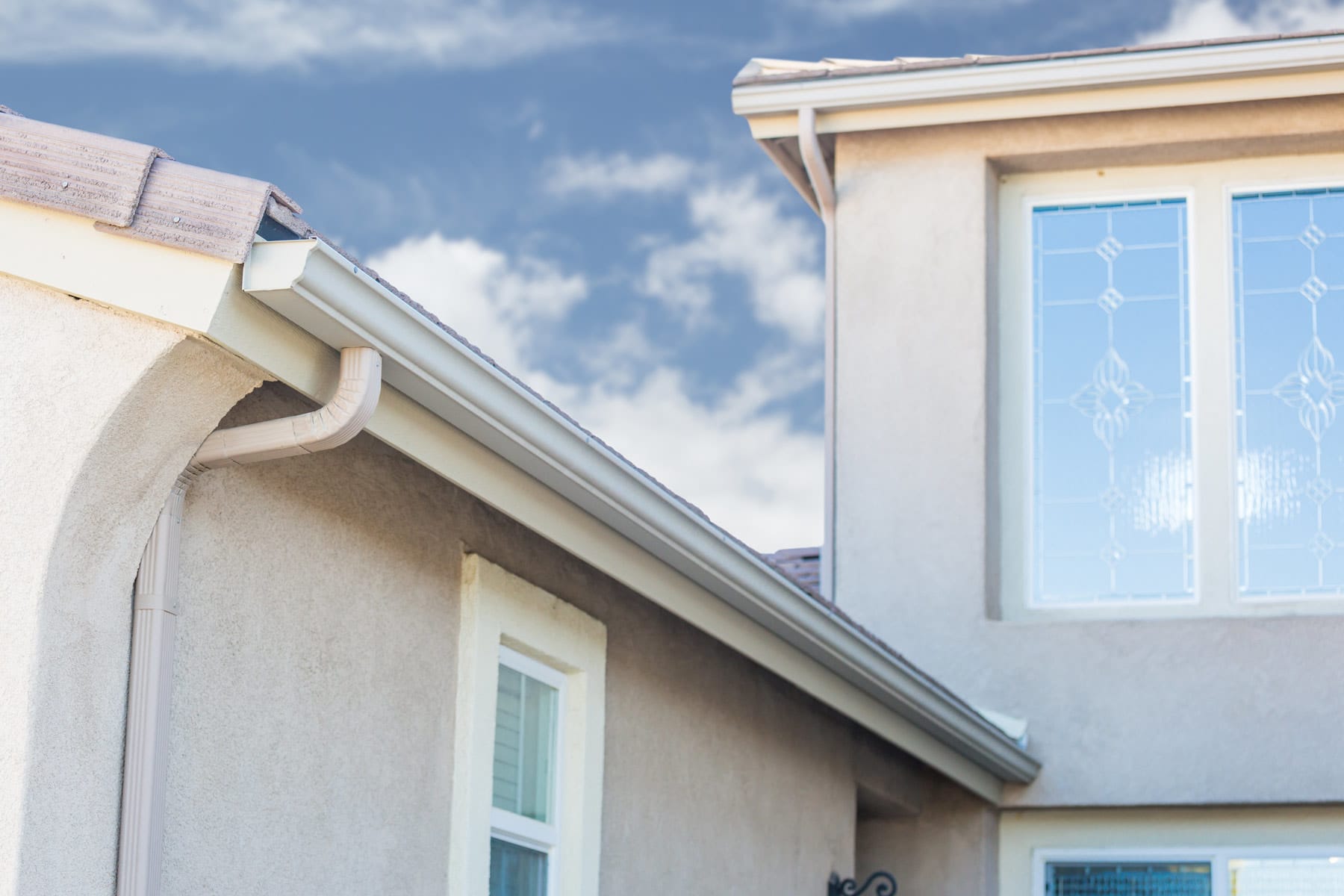
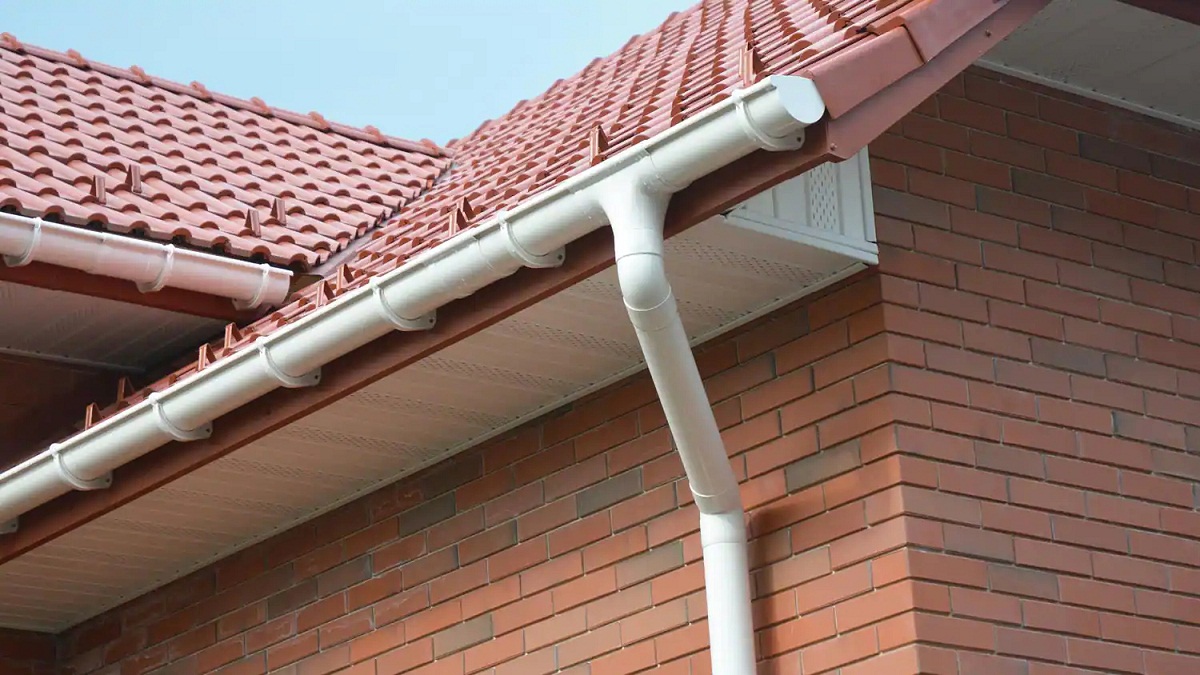
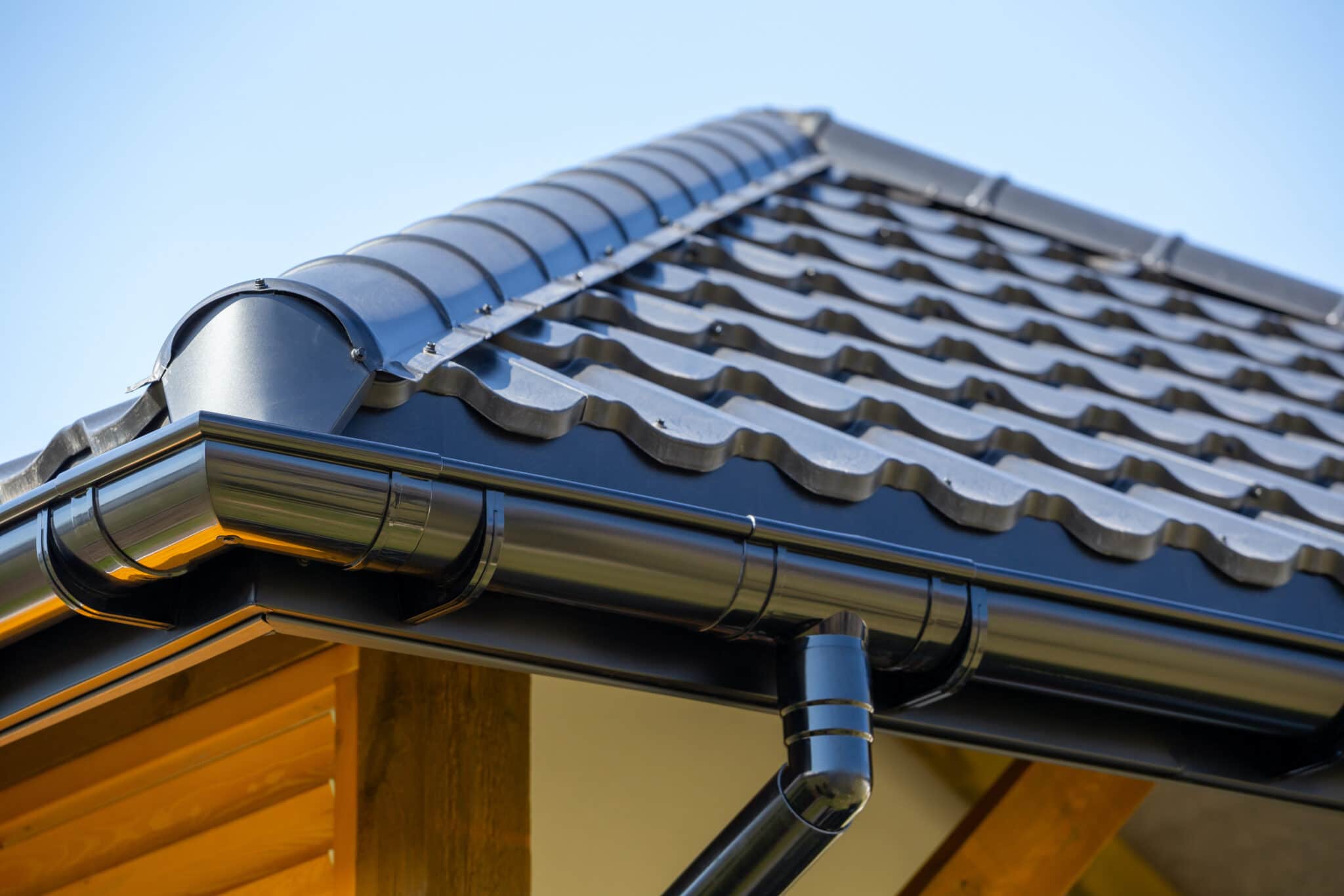
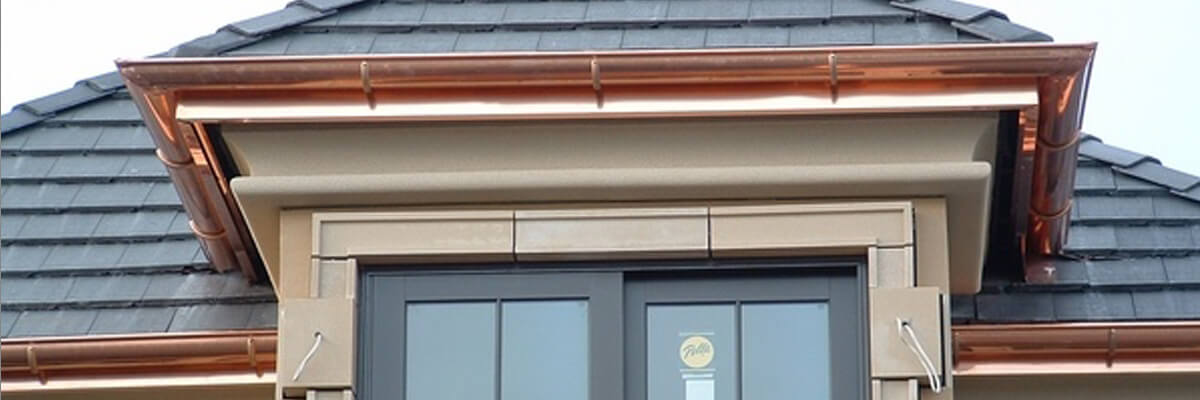
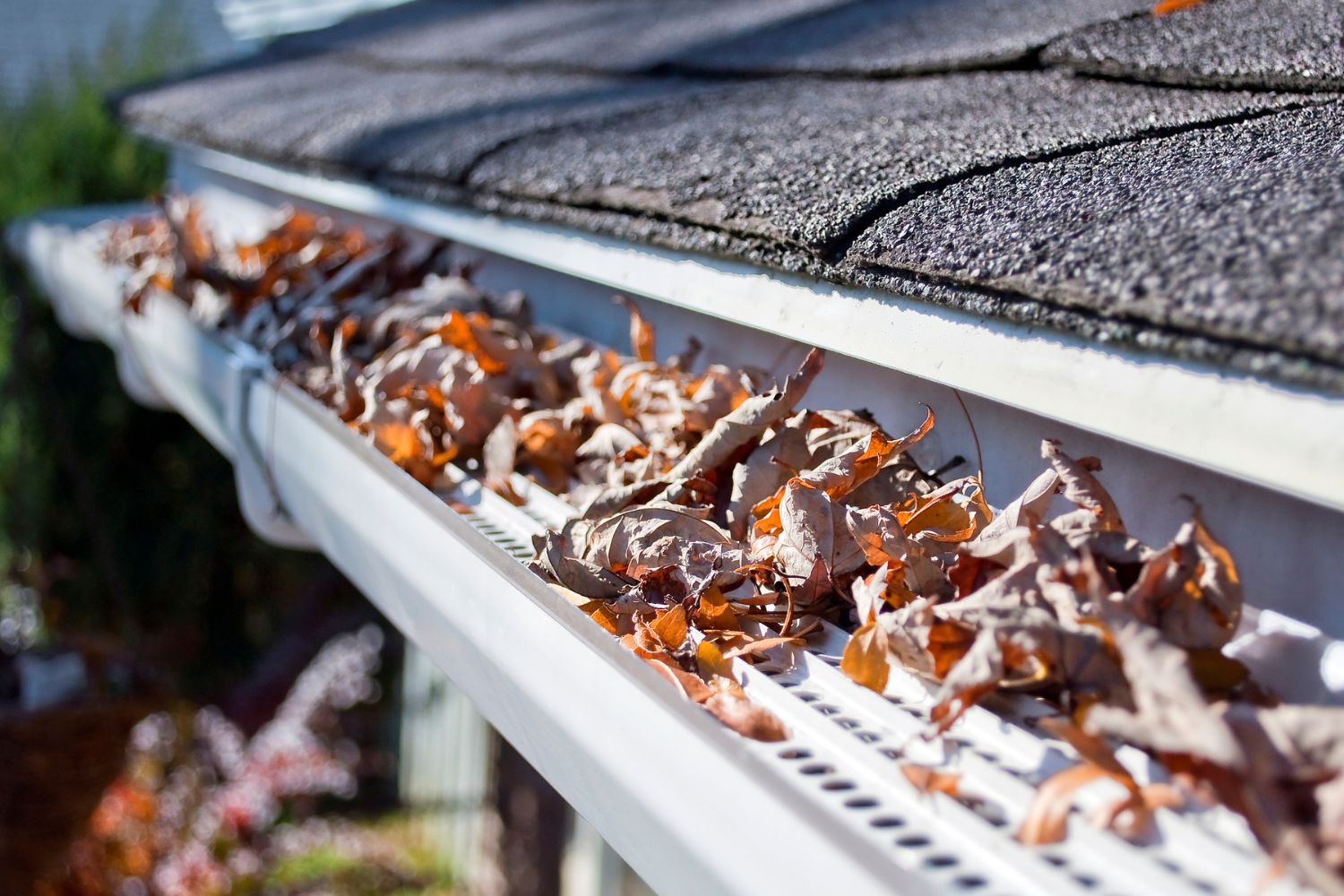
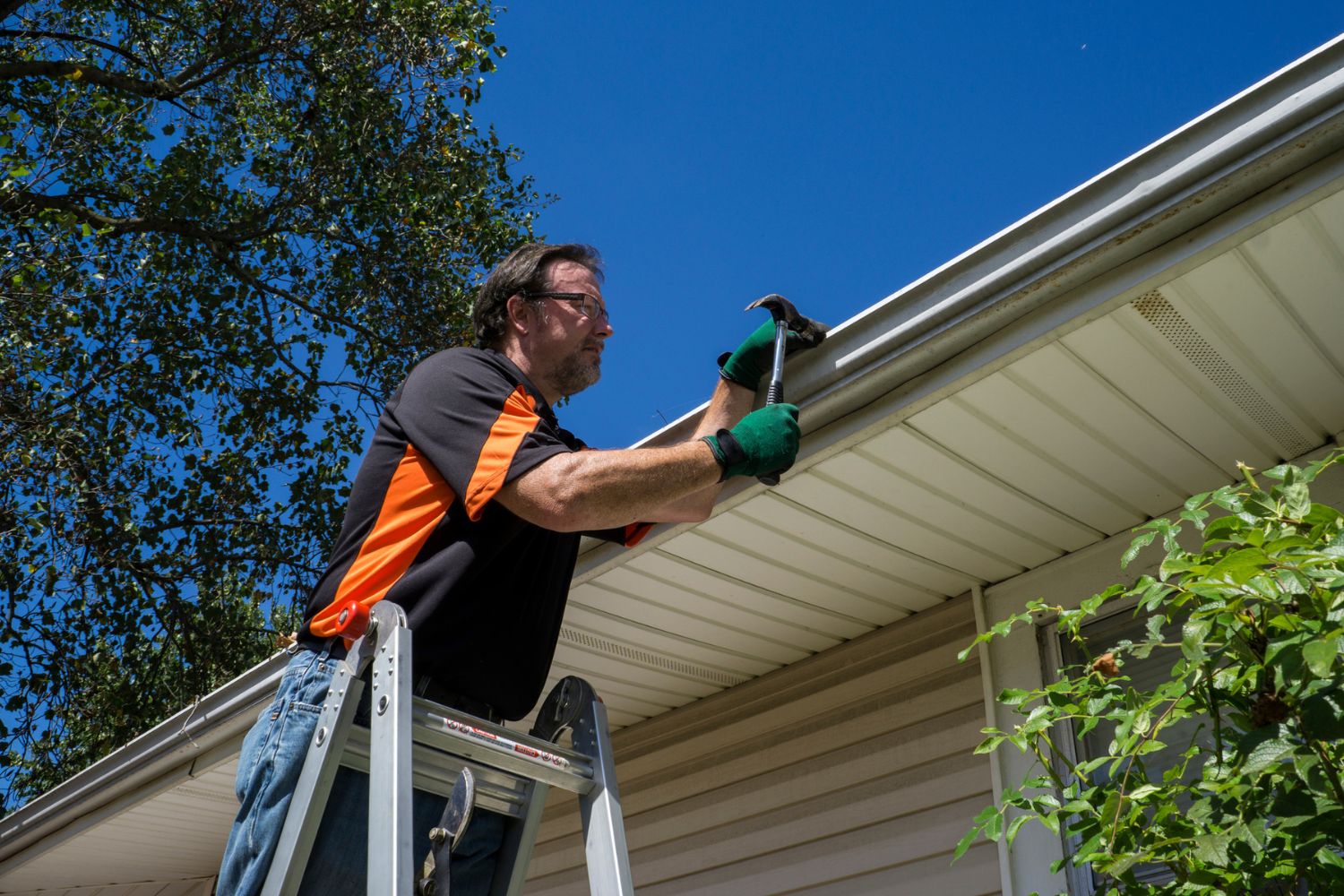
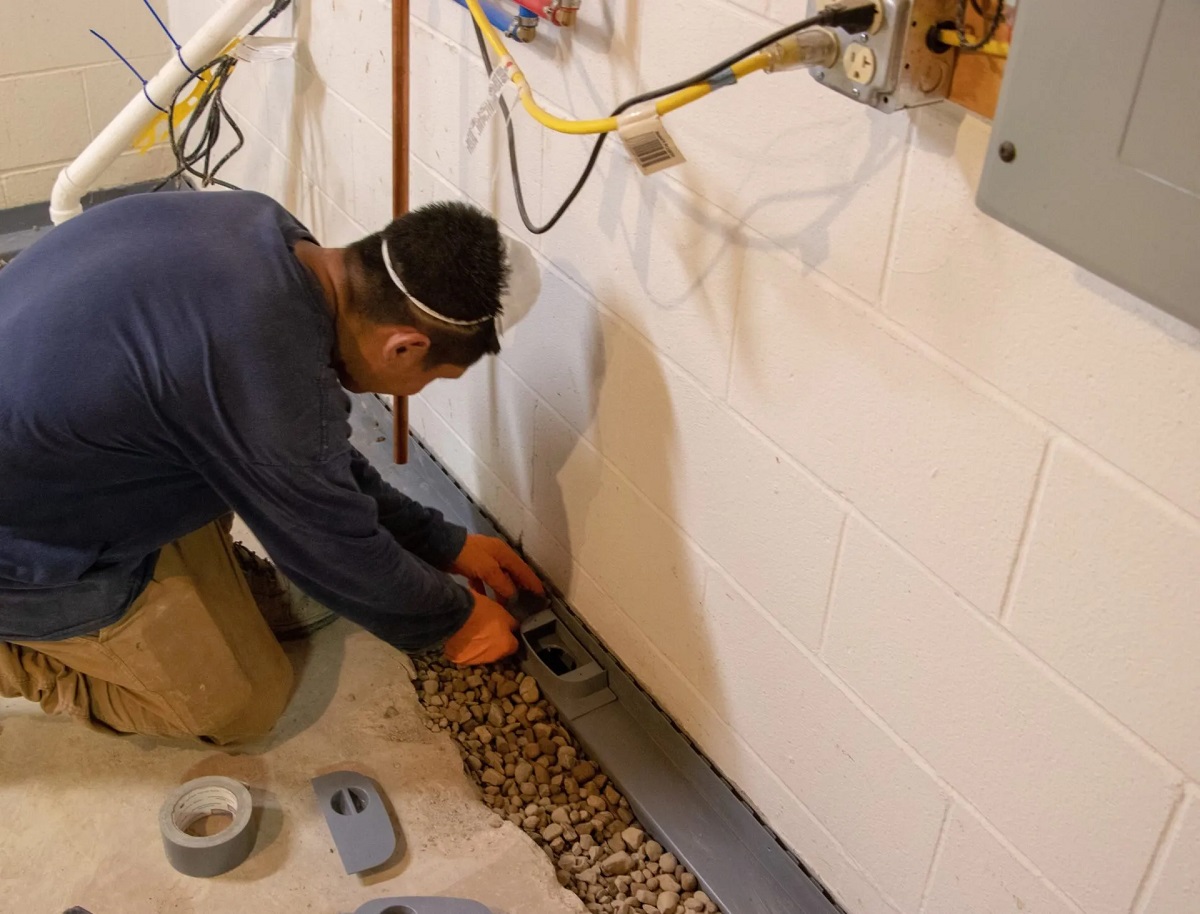
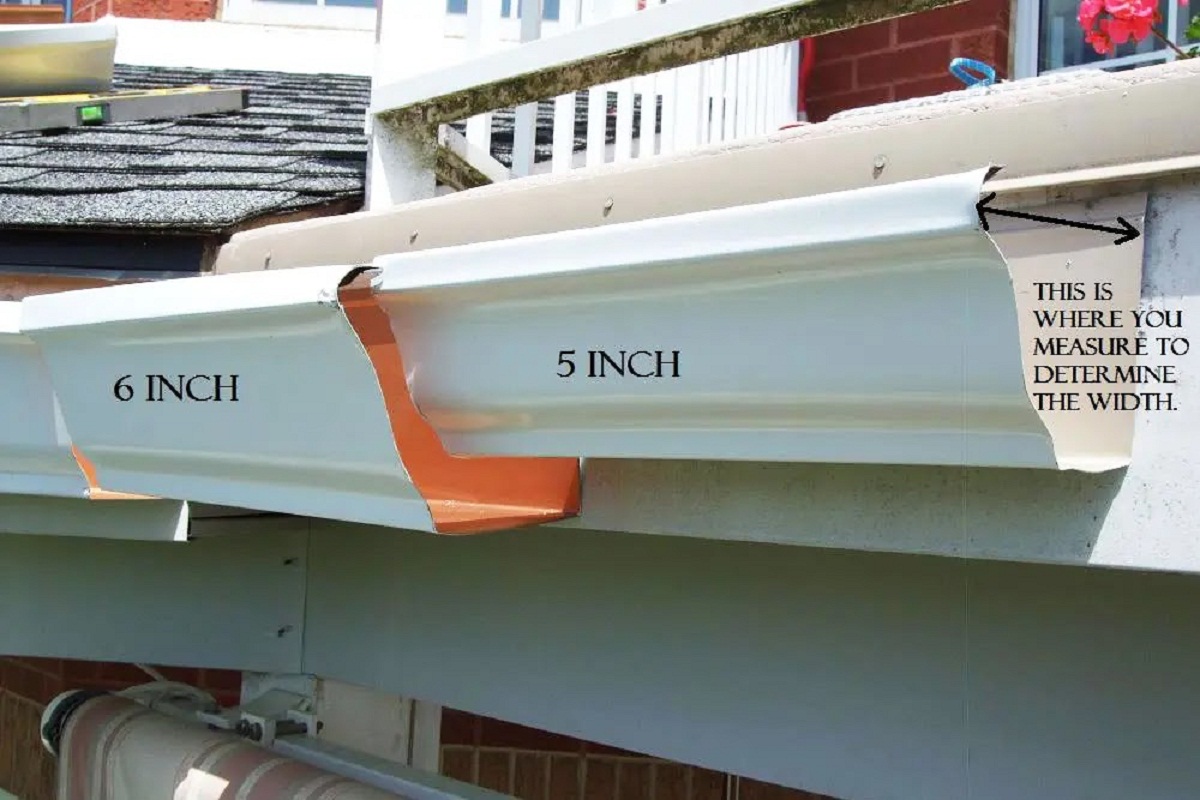
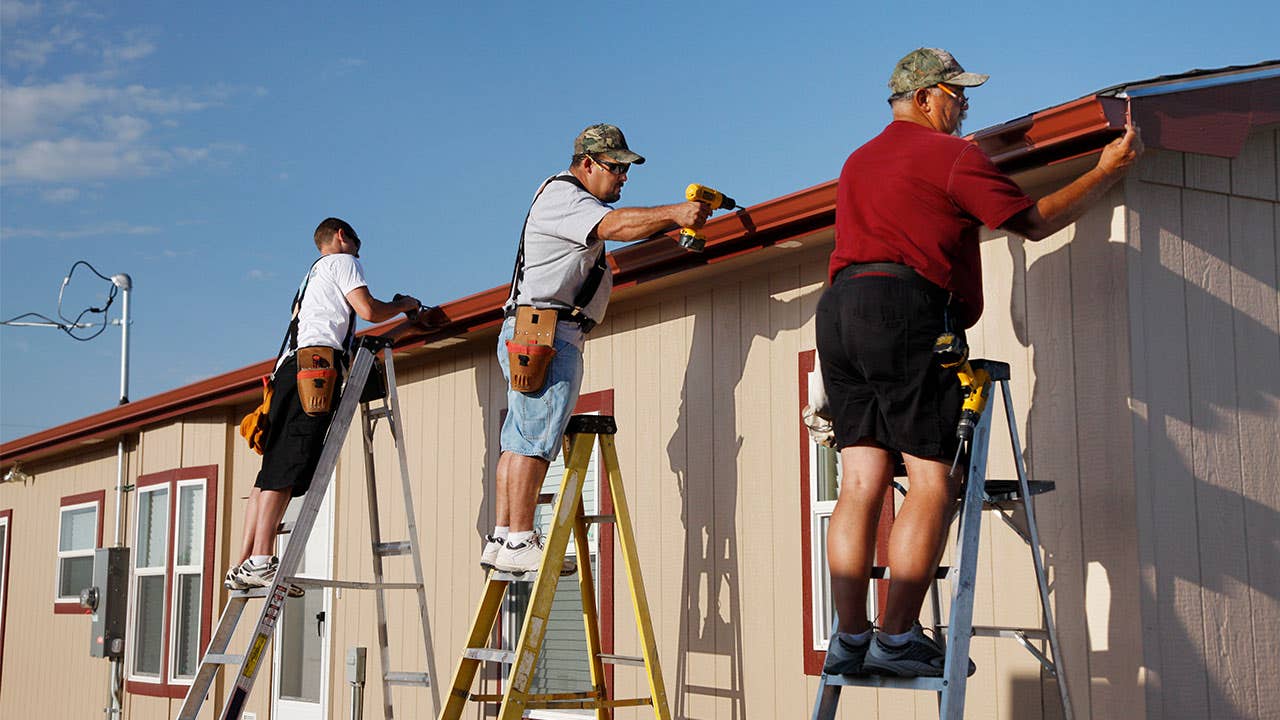
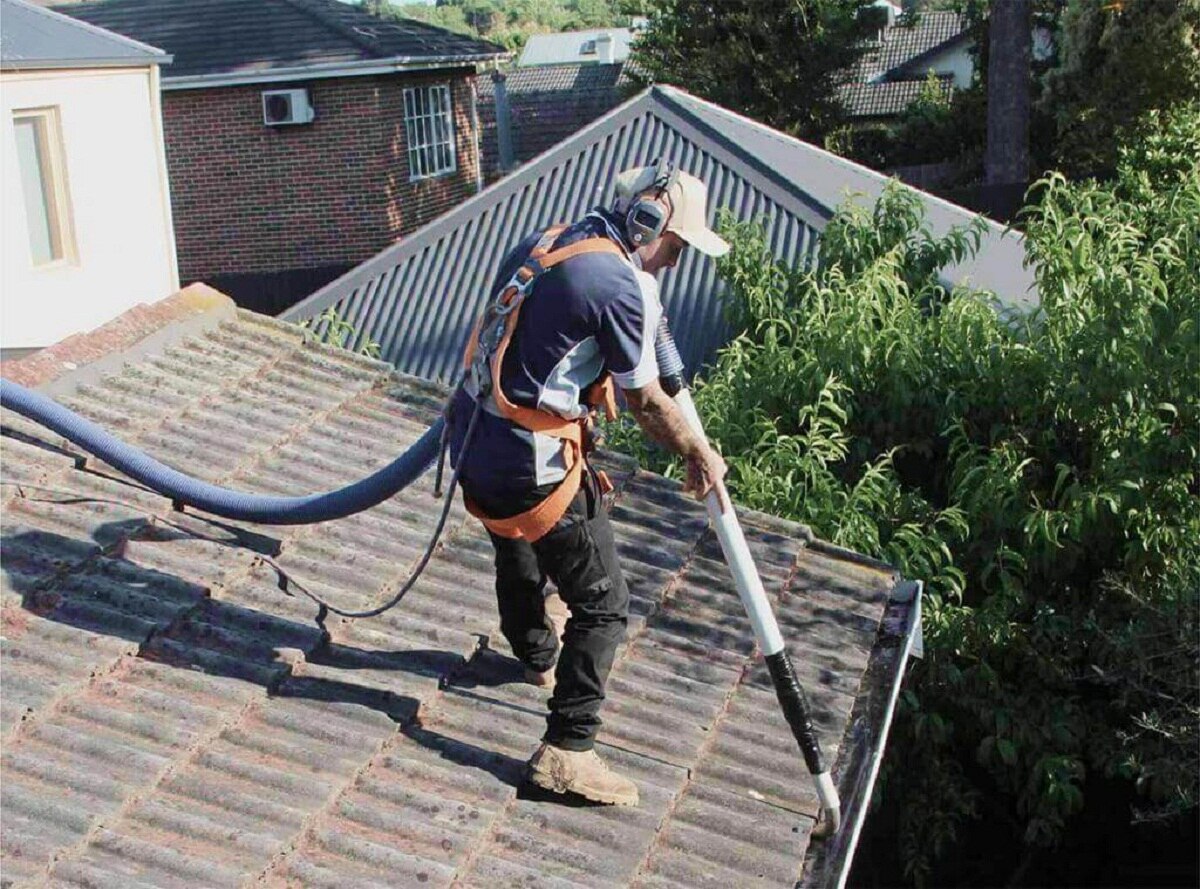

0 thoughts on “How Much Slope On Gutters”